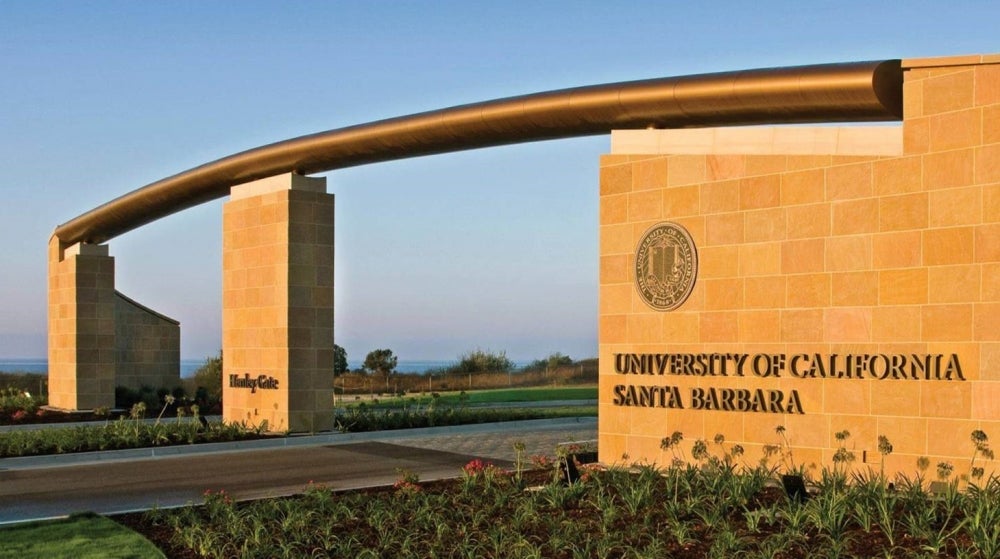
Highly Cited Excellence
Nine UC Santa Barbara researchers have been named among the most influential scientists in the world, according to the 2021 Highly Cited Researchers list released by Clarivate Analytics (formerly Thomson Reuters).
The annual list identifies researchers in the sciences and social sciences who demonstrated significant influence in their respective field or fields through publication of multiple highly cited papers during the past decade. Their names are drawn from the publications that rank in the top 1% by citations for field and publication year in the Web of Science™ citation index.
The 2021 list contains 6,602 highly cited researchers in various fields from more than 70 countries and regions — 3,774 recognized for their performance in the 21 Essential Science Indicator™ and 2,828 highly cited researchers recognized for their cross-field performance.
The highly cited UC Santa Barbara researchers for 2021 are:
Leon Balents, Physics
John E. Bowers, Cross-Field
Benjamin S. Halpern, Environment and Ecology
Alan J. Heeger, Cross-Field
John M. Martinis, Physics
Joshua P. Schimel, Cross-Field
Jonathan Schooler, Psychiatry and Psychology
James A. Thomson, Cross-Field
Chris G. Van De Walle, Physics
The methodology for identifying the highly cited researchers draws on the data and analysis performed by bibliometric experts from the Institute for Scientific Information at the Web of Science Group. The fields are defined by sets of journals and exceptionally, in the case of multidisciplinary journals such as Nature and Science, by a paper-by-paper assignment to a field based on an analysis of cited references in the papers. This percentile-based selection method removes the citation advantage of older papers relative to those more recently published, since papers are weighed against others in the same annual cohort.
The full 2021 Highly Cited Researchers list, executive summary and methodology can be found at Web of Science.



